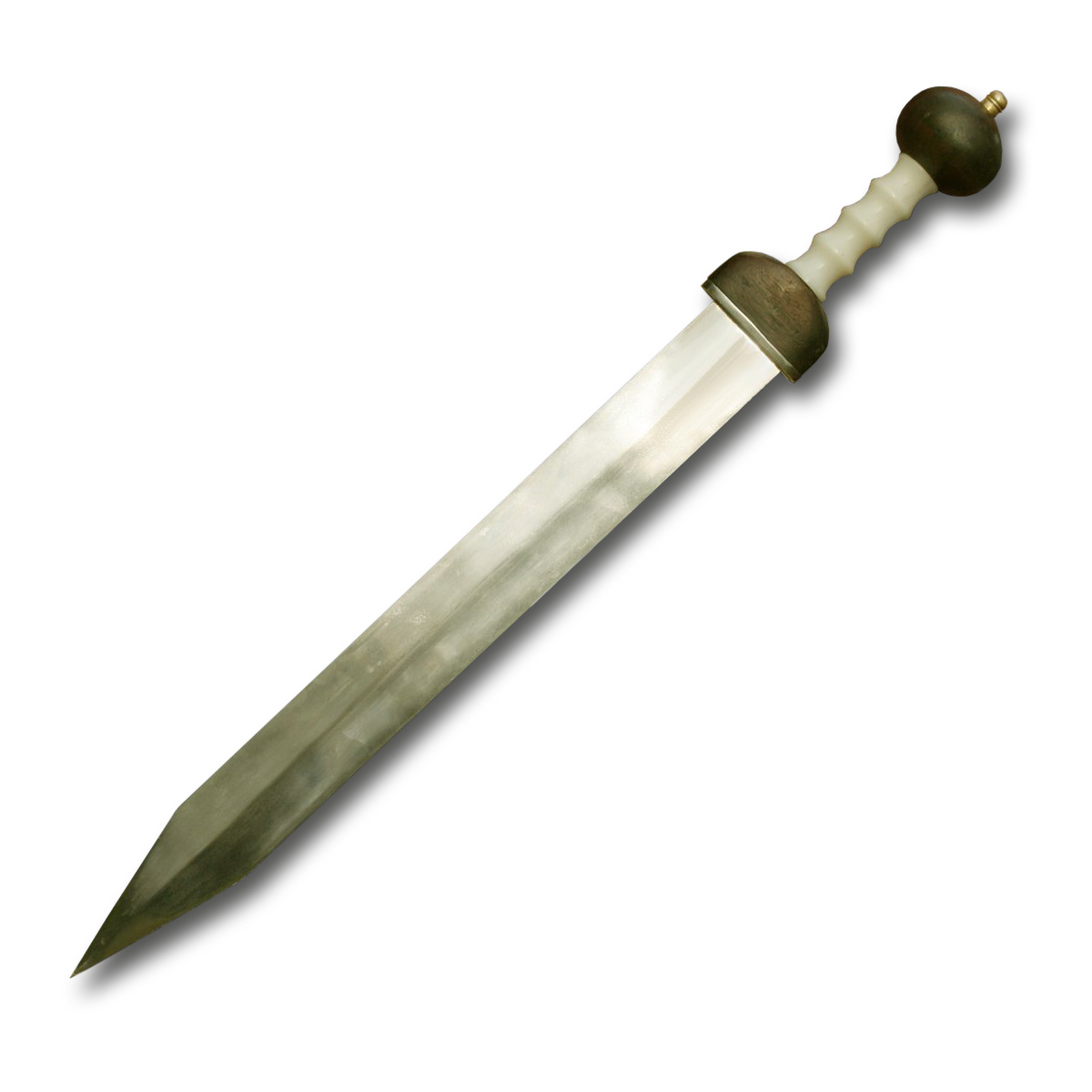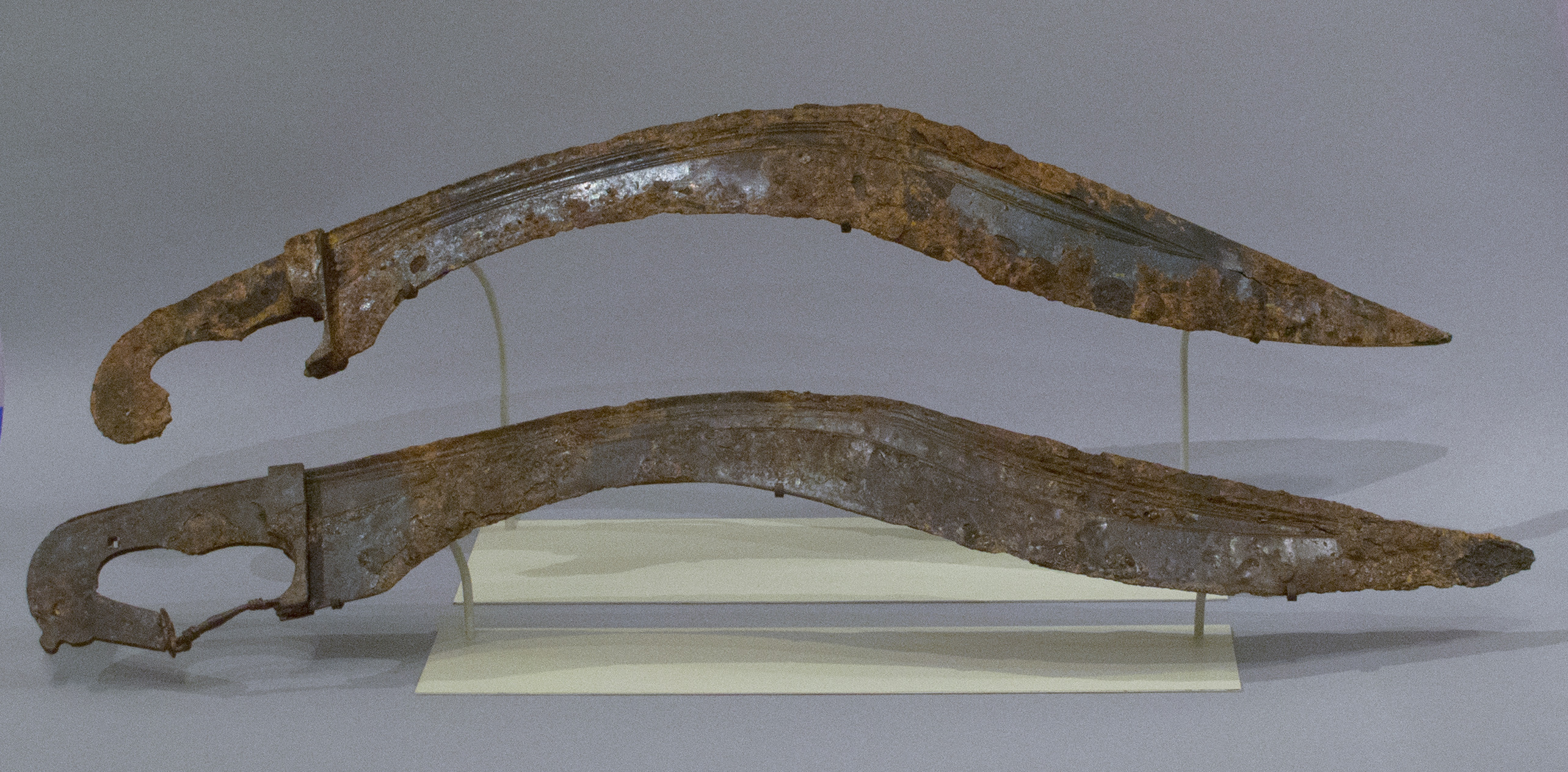Among the materials from Wierzchosławice the most conspicuous are characteristic vessels decorated with knobs, such as vases and jugs/cups, usually on a small, hollow foot (Figure 4:a?b, g?h, k?l). These vessels are often additionally decorated with vertical groups of incised strokes or narrow grooves, and with horizontal lines or bands of hollows. Vessels of this kind, and analogically decorated cups in particular, are already known from post-classic assemblages of the Otomani-F?zesabony culture on the Streda nad Bodrogom site (Polla 1960: plate VII:5, XII:1, XIX:1). However, in the light of the remaining materials connected with the TranscarpathianTrzciniec settlement phase, the cups in question should rather be linked with slightly younger cultural phenomena. These forms often occur on the Piliny culture cemeteries in Slovakia, such as Barca II (J?lkov? 1961: fig. 8:5, 9:3?4, 10:1, 3?5, 11:6, 12:5) and ?af?rikovo (Furm?nek 1977: fig. 7:1, plate III:14, IV:13; XIV:1; 1981: fig. 5:4), and in the Hungarian variant of this culture known as the Zagyvap?lfalva group (Kemenczei 1967: fig. 2:8, 15:3, 17:7). Younger variants of these vessels are dated to BrC (Furm?nek 1977: 308). Apart from the Piliny culture in Slovakia and Zagyvap?lfalva group, the knobs from Wierzchosławice ? pointing downward and encircled with grooves ? find their best analogies in the ceramic material of the Slovakian variant of the Suciu de Sus culture, in such cemeteries as Zempl?nske Kopčany, Viničky and Budkovce (Demeterov? 1984: plate III:2, XIII:4, XIX:4,7, XXIX:5, XXXI:20). To a lesser degree, they also refer to the Carpathian Tumulus culture in Slovakia, e.g. Salka, Mal? nad Hronom (Točik 1964: fig. 4:5, 7, plate XVII:2, XXIX:6, XXXV:4). In Poland, analogical knobs are known from the cemetery at Chełmiec associated with the Piliny culture (Szymaszkiewicz 1985: fig. 3:1, 3?4, 6). In the period in question, combinations of horizontal and vertical incised strokes and grooves, as well as rows of hollows (Figure 4:a?b, f, h, j?n), were ornaments which were popular in virtually every culture from the southern slopes of the Carpathians.3 This decoration was relatively rare in the Carpathian Tumulus culture (Točik 1964: plate XVIII:6, XXI:6), and is unknown in the Middle Danubian Tumulus culture (Du?ek 1980). In the territory of Poland, such ornamentation was quite popular in the Carpathian zone, where Transcarpathian influences were recorded, e.g. on such sites as Chełmiec (Szymaszkiewicz 1985: fig. 3:1, 3?4, 6) and Wielka Wieś (Okoński/Szpunar 2002: fig. 22:d).
Among Transcarpathian pottery one should also mention characteristic fragments of amphorae or vases, with conical necks and thickened, everted rims (Figure 4:c), which were decorated in the upper part with vertical grooves and rows of hollows (Figure 4:f). Most of them were found in feature 520 from cluster A, and find their best analogies in the pottery of the Berkesz-Demecser culture from the Hungary-Slovakia borderland. The forms known from feature 520 are numerous at Als?berecki in Hungary, which is one of the most important cemeteries of the culture in question (Kemenczei 1981: fig. 3:3, 8, 4:7, 10-11, 5:8, 6:12, 7:4, 9, 12). These forms also show a strong similarity to the Suciu de Sus culture in Slovakia (Demeterov? 1984: plate III:8, V:10, X:6). Both the Berkesz-Demecser culture and the younger phase of the Slovakian variant of the Suciu de Sus culture (the latter being regarded by some scholars as tantamount to the former) (Furm?nek et al. 1991: 144) are dated to BrC2-BrD (Kemenczei 1981: 92; Demeterov? 1984: 70). Characteristic pottery of a Transcarpathian character occurred in all the clusters of features presented above.









